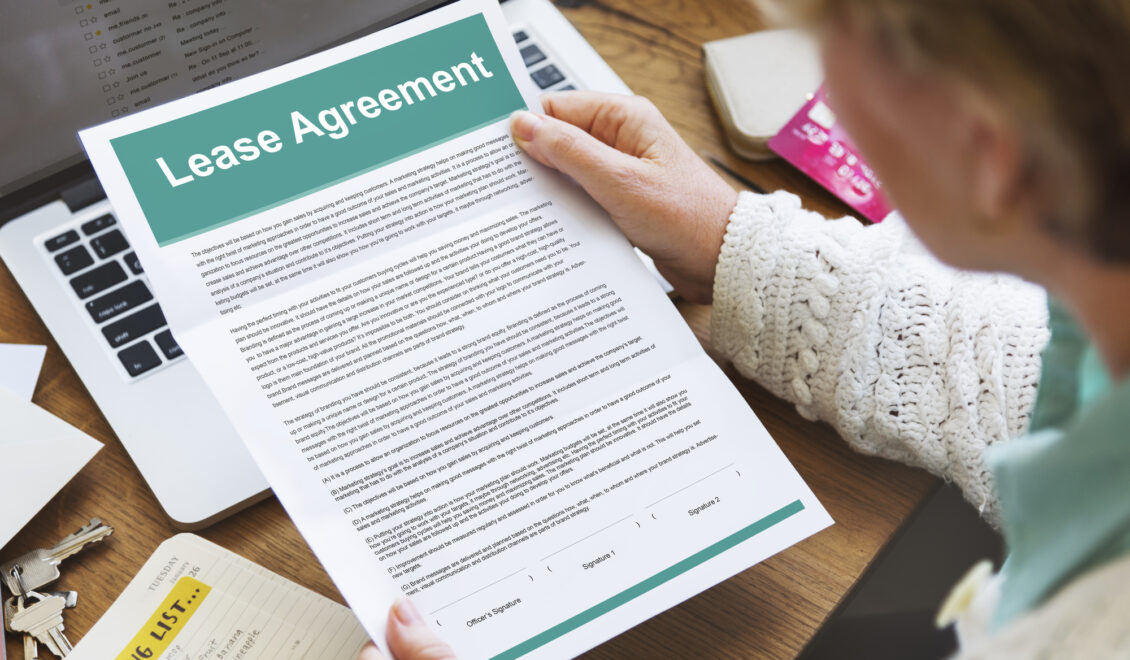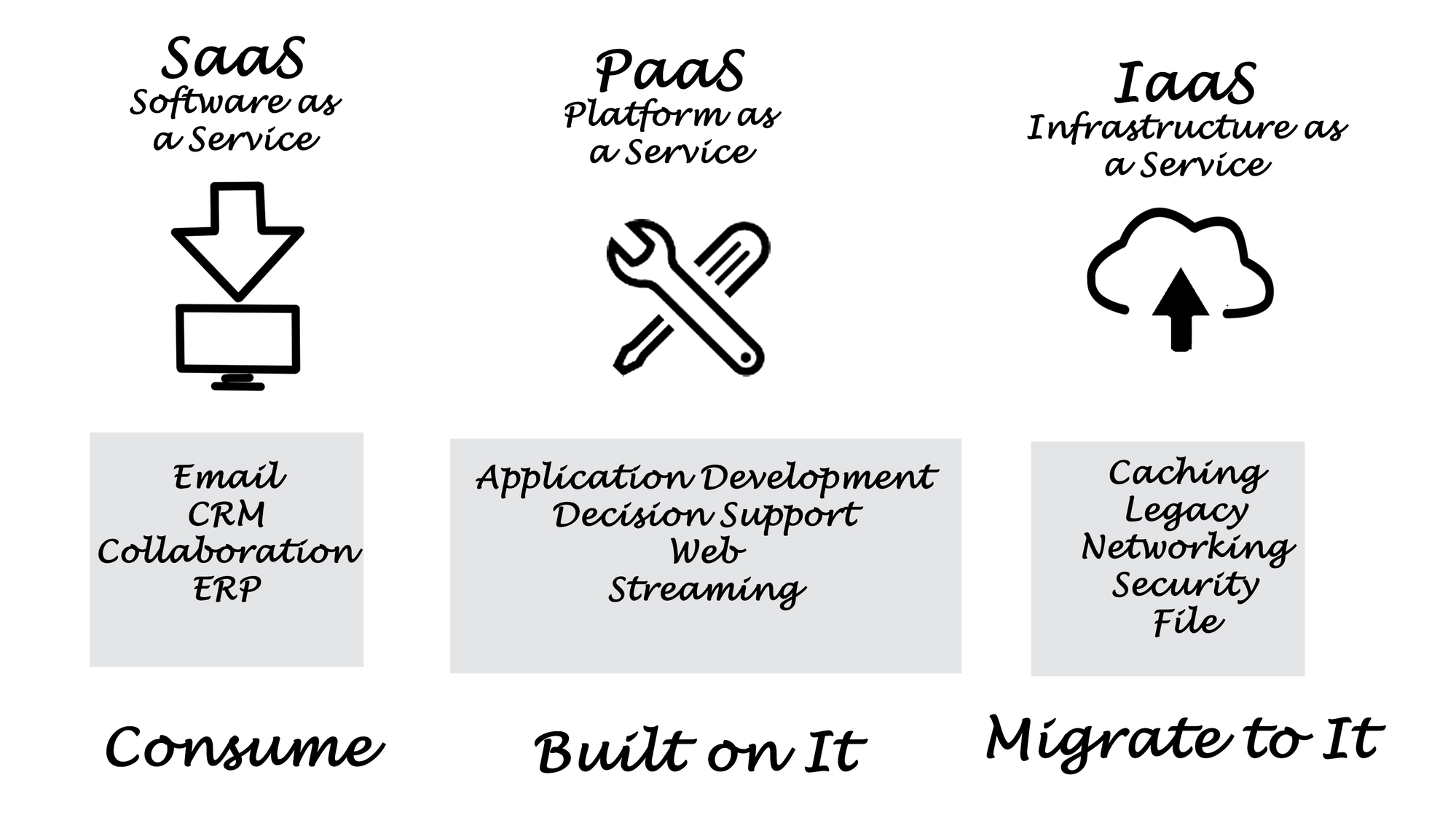Welcome to Mabstac, LLC | Anything Accounting
- Call us: (703) 828-2336
- Mail US : info@mabstac.com
- ADD US : Mabstac, LLC
- Call us: (703) 828-2336
- Mail US : info@mabstac.com
- ADD US : Mabstac, LLC

State and local governments use a variety of leasing arrangements to stabilize cash flows and reduce risk and uncertainty. The newly issued GASB Statement 87 on leases will fundamentally change lease recognition, measurement, and related disclosures for both government lessees and lessors.
The major changes outlined in GASB 87 are:
- Leases will be classified as “short-term,” “contracts that transfer ownership,” and “all other.”
- Leases that extend beyond 12 months will have a balance sheet impact on both the lessee and lessor.
- For leases other than short-term leases and contracts that transfer ownership, the lessee will recognize an intangible right to use lease asset, and the lessor will continue to depreciate and account for the lease asset.
- Financial statement disclosures and schedules will be required for contracts that transfer ownership and non-short-term leases.
- There will be no disclosure requirement for short-term lease outflows.
GASB 87’s provisions don’t go into effect until fiscal years beginning after June 15, 2021, and all reporting periods thereafter. But preparing for implementation will be very time-intensive, especially if you have a number of agreements that you currently record as operating leases. We suggest you study the new standard now and begin planning for compliance as soon as possible.
As you assess GASB 87’s impact on your government’s financial statements and begin designing processes to gather the required information, keep the following items in mind.
Definition of a lease will include control of a nonfinancial asset
GASB 87 defines a lease as a “contract that conveys control of the right to use another entity’s nonfinancial asset (the underlying asset) as specified in the contract for a period of time in an exchange or exchange-like transaction.”
To determine whether control exists, your government should assess whether it has both the ability and rights to use the asset. You should also consider the nature of the asset and how it will be used. Nonfinancial assets include land, equipment, buildings, and vehicles.
There will be three categories of leases instead of two
Leases are currently classified as either “operating” or “capital,” based on a four-factor test. GASB 87 will sort lease agreements into three categories: short-term leases, contracts that transfer ownership, and all other leases. The four-factor test will be eliminated, as will the terminology of operating and capital leases.
Short-term leases
Short-term leases are defined as leases that have a maximum possible term of 12 months or less, including any options to extend, regardless of their probability of being exercised. Leases that are month-to-month are considered short-term. Short-term leases will be accounted for similarly to operating leases, with lease payments being recorded as expense or revenue by the lessee or lessor.
Contracts that transfer ownership
If the underlying asset transfers ownership to the lessee by the end of the contract, the transaction should be reported as a financed purchase of the underlying asset by the lessee, or sale of the asset by the lessor.
All other leases
Any agreement that doesn’t qualify as a short-term lease or ownership transfer contract will fall into this category, with implications for both lessees and lessors.
- For lessees — At the commencement of the lease term, the lessee should recognize a lease liability and an intangible right-to-use lease asset (lease asset). The lease liability will be measured at the present value of payments expected to be made during the lease term. Lease payments will result in reduction of the lease liability and recognition of interest expense. The lease asset will be measured as the sum of the initial measurement of the lease liability, initial direct costs, and lease payments made at or prior to commencement, less any lease incentives received from the lessor at or before the commencement of the lease term. The lease asset will be amortized over the shorter of the lease terms or the useful life of the underlying asset.
- For lessors — At the commencement of the lease term, a lessor should recognize a lease receivable and a deferred inflow of resources. The lease receivable should initially be measured at the present value of lease payments expected to be received during the lease term. Lease receipts (payments from lessee) will result in reduction of the lease receivable and recognition of inflows and revenues. The deferred inflow of resources should be measured as the sum of the initial measurement of the lease liability and lease payments received at or prior to commencement, less any lease incentives received from the lessor at or before the commencement of the lease term. The lessor should not derecognize the asset underlying the lease and continue to record depreciation, as applicable.




